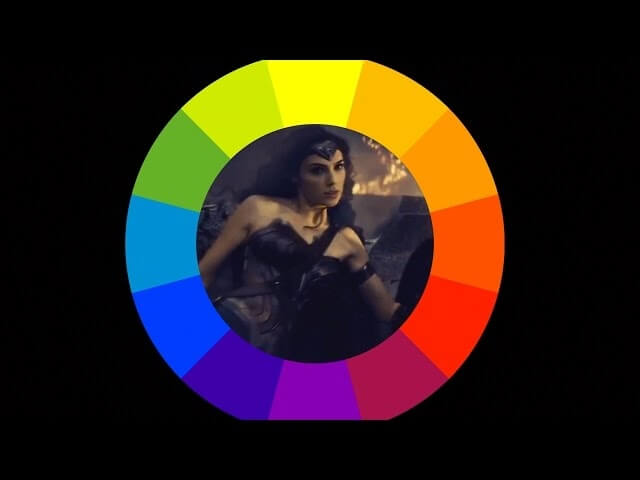Here’s how filmmakers use color to manipulate audiences’ emotions

Hollywood has yet to find a good idea it doesn’t immediately overuse and run into the ground. Take color grading, for example. Originally used (at least for an entire film) in the Coen brothers’ O Brother, Where Art Thou? to evoke a different place and time for audiences, it has since become a go-to tool for filmmakers to help set the tone and focus of a particular shot or entire film. One of the most common uses is to contrast a foreground character or action with an orange hue, while the background is some blue tone that helps make the scene and actors pop more and tells audiences “this is important and you should pay attention.”
